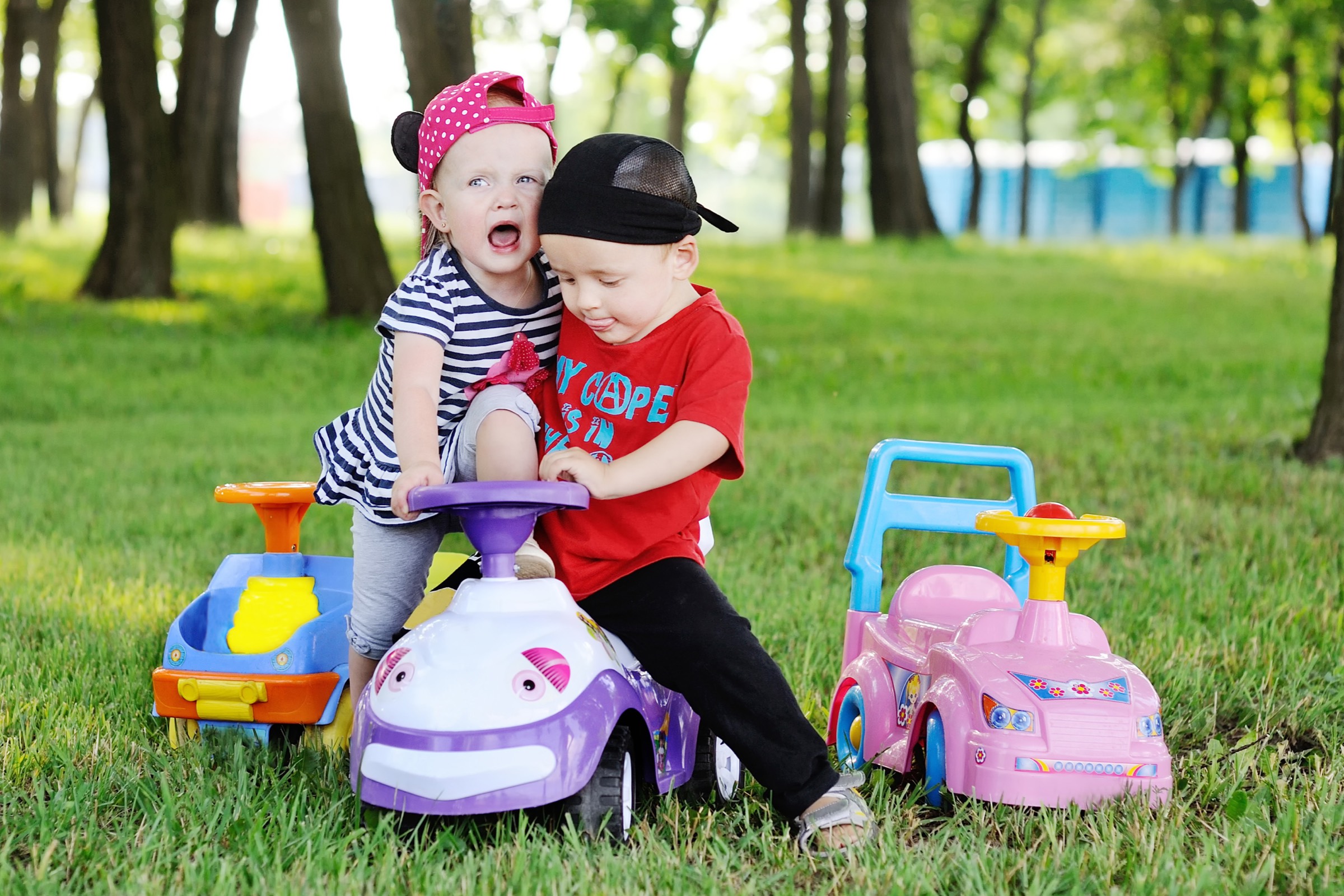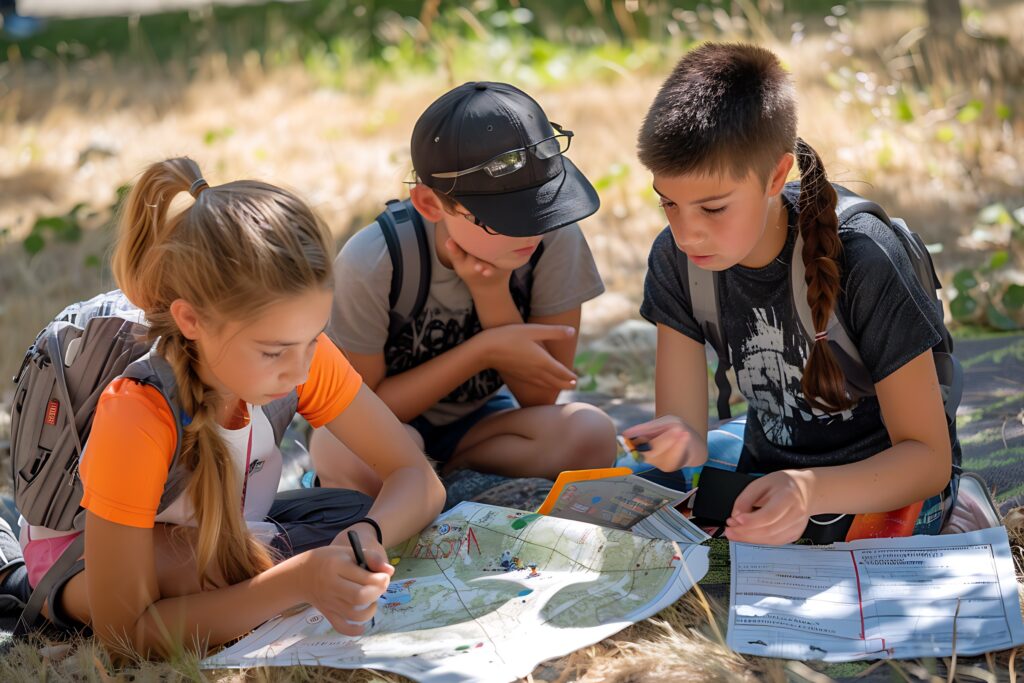Connection-based behaviour support


What is “Connection-based behaviour support”?
If someone said to you, “the more you are rejected, the better person you will become,” you would consider them a person in need of some serious therapy. “Everyone knows” that humans need trusting relationships to flourish, and in particular children need ‘secure attachments’.
If you forgot to bring in a cloth mat from the line at work, and it rained overnight, you would know you had made an error. What should your room leader or manager do? Should they say, “Go and sit in the bin area for an hour and think about the choices you made!” Of course not! I imagine that a capable leader would simply ask you to ensure it got washed and dried before being used again. It would be ‘no biggy’.
Unfortunately, our broader communities exist around a punishment model of justice, and extend this to the approach to childhood error, or situations where children are not yet developed enough to manage their reactions to situations. The necessity to impose a ‘consequence’ – which is often a loosely disguised punishment – becomes the core of behaviour management strategies and these strategies often impose further harm on children, instead of building children’s capacity. We reject children, or threaten to reject children, and we tell children to sit away from the group, excluded for a time.
Unintended research has shown that immaculately cared for babies die, simply from the lack of human connection. How immoral is it for the fear of loss of connection be used as a manipulative mechanism to induce compliant or socialised behaviour?
Connection-based behaviour support is an approach that supports children’s secure attachment to care-givers whilst facilitating the behavioural outcomes considered desirable.
Connection-based behaviour support strategies
The strategies employed by educators should be strategies that adapt to the interpreted causes of the undesirable behaviour. In this paper we will examine a number of common causes of behaviours and thoughts about addressing these in a connection-based way. These strategies will be based on the following key messages and themes. These themes are spoken words, although they may remain ‘unspoken’ and communicated through affection, help, attention and actions.
1. I love and accept you.
Whilst many talk of ‘unconditional love’, its purest form is impossible for humans. Our survival instinct, our own weariness, hurt or past wounds interfere with our capacity to extend it in all situations. Our experiences of growing up in a ‘transactional world’ builds a framework that says, “If you do X Y Z, then I will reward you with L M N”. Building a new framework means dismantling foundational programming in our life systems. This is an ongoing journey of transformation – and an important part of being a Montessori ‘Prepared Adult’. What does unconditional love in Early Childhood look like? It looks like providing connection and peace to the child that has injured another child. It looks like giving a hug to a little person (with permission) that has spewed obscenities at you. It sounds like saying, “I care about you,” when faced with a spade wielding four-year-old who is refusing to come inside. Does this seem counter-intuitive? Yes. Why? Because we expect that bad behaviour needs punishment. Instead, we need to give children the message that our acceptance of them is unconditional, that they can trust us and that they ‘belong’ with us.
2. I am here to help.
An adult work-place that focusses on how to apportion blame, rather than solve errors and system-failures is a most unpleasant place to work. “It’s not my fault that the mat was left outside in the rain. It wouldn’t have happened if Kerryn hadn’t asked me to help her with a parent query. You should make her sit in the bin area and think about her choices.” Child misbehaviour should be solution focussed also. Can you imagine saying, “Bruce, you are sixty-seven percent at fault for pushing down Clayton’s tower because it was your idea and you started it. Samantha you are thirty-three percent at fault for pushing down Clayton’s tower because you joined in with Bruce.” Yet we make children 100% at fault for their anti-social behaviours?

The truth is that Bruce is possibly at the mercy of factors beyond ‘choice’ (See Causes of Anti-social behaviour below), and reprimanding Bruce, “That was a bad choice, Bruce, you need to go and think about your decision to push down the tower,” is simply a form of blame casting. Connection-based behaviour guidance instead offers scaffolding for rectification.
3. We can seek a way to fix this.
Rectification is ‘doing sorry’. The word ‘sorry’ should not be a trite and glib word used to magic away a wrong done to another person. If a spouse loses the house due to a gambling habit, saying ‘sorry’ is meaningless if they then continue to insist on access to the household bank account and don’t seek gambling addiction therapy. We teach children to speak the word ‘sorry’ and effectively have an end to the matter, which fails to support a rectification process. It fails to build responsibility and respect, which are foundational to Montessori practice. Of course, if rectification is beyond the capacity of the child it should not be coerced, as this then becomes one of those ‘punishment disguised as consequence’ moments.
4. We will restore relationships.
What is the ‘peace table’ if not a way of supporting children to develop assertive* skills of relational restoration? My observations of children over the years have continually surprised and challenged me. A child who has been bitten grows impatient as an educator is ‘talking to’ the biter, because they wish to re-join the biter in play. A child is refusing an ice-pack for the bump on their head, because they want to continue the drumming game in the sand pit with the child who decided to ‘drum-twirl’ instead of ‘baton-twirl’ and collected their head in the process, or two mothers glare at each other in the car park about the mean actions of their girls towards each other the day before, as the girls grasp each other’s hands to skip into the centre. Forgiveness and reconciliation can be almost instant in the mind of a child. It is often the adults who take longer to process the wrong that has been done. Spontaneous ‘grace’ (undeserved favour) should be supported in the child’s communities as a foundational principle, and fostered where children are ready for assistance.
( * Assertive – this is a mutually respectful way of solving grievances. ‘Aggressive’ persons solve their grievance without respect for the other person, and ‘Passive’ persons have insufficient respect for self, and therefore allow the grievance to go unaddressed. Sometimes people are passive for a long time, but the frustration builds, and then they ‘boil over’ and are ‘Passive-Aggressive’. ‘Assertive’ persons respectfully raise and discuss a grievance with respect for both self-and the other person. They will generally use “I” statements (rather than ‘you’ statements), stay on topic for one grievance, explain the effect on them and suggest a solution).
Causes of Anti-Social Behaviours
We often view children’s anti-social behaviour as a ‘choice’. But calculated and wanton destructive or injuring behaviour is, at best, rare. Even if this exists, some of the other reasons that might be behind anti-social behaviours are below:
Instinctive behaviours – pre-verbal
Have you ever heard it suggested that a baby is crying ‘just to drive me crazy’? Babies are designed to survive through the attentiveness of an adult caregiver. Crying is their signal that something is amiss. They may be hungry, soiled, wet, thirsty, feeling alone, over-tired or some other factor that the adult is having difficulty identifying. Crying is a communication.

Ego-centric behaviours
Asking a one-year-old to ‘wait their turn’ is a BIG ask. As they don’t have the capacity to understand that the thoughts in another person’s mind are different to theirs (theory of mind), they can only see their immediate desires. The only concept of time they hold is “now”. This can cause behaviours such as snatching a toy another is playing with, retaliating if their toy is snatched, and can be a factor in aggressive behaviours such as biting and scratching.
Emotional/Overwhelm
Dealing with big emotions is something that even adults struggle with. Developing self-regulation is a big important job of growing up.

Predictive Processing
If a balloon was popped in the middle of your tutorial, you would likely startle, let out a verbal sound and possibly move your arms defensively. Whilst the ‘flight or fight’ response might be understood as instinctive, other behaviours can bypass cognition as prior experiences have led to an ‘automated’ response. A large human approaching them after another child cries, might cause them to hit out with whatever object comes to hand. It might not make sense to us, but what we might not know is that another adult in their life has hurt them, after they have hurt a sibling, cousin, or child at the park. Our minds take care of us by establishing ‘routine’ responses to familiar circumstances, without having to ‘think’ about it.
Habits
We all know how hard it is to break a habit, whether it be a mini-addiction, a nervous fiddle or a learned behaviour. If being ‘invisible’ means greater safety in the home environment, being ‘invisible’ in the educational setting will be a habit that prevents their full participation.
Sensory-motor needs
Neurologically divergent children have a range of behaviours that assist them to help with the sensory overload they experience. This may include ‘stimming’ for self-soothing or something more concerning such as head banging.
Unmet needs
A child who has not had the right opportunities may find adjustments such as separating from parents, or socialising a challenge. As an example, a parent may find they can ‘never put their baby down’ without distress. A Montessori-trained family support may then observe that same child ‘play’ with a simple suspended ball for more than 30 minutes. The baby is then satisfied and tired, and sleeps well.

Anxiety
Frequently overlooked symptoms of anxiety are angry outbursts, oppositional and refusal behaviours, temper tantrums, aggression, attention-seeking behaviours, hyperactivity, silliness, lack of concentration, perfectionism etc.
Coming to understand the anxiety at the foundation of the behaviours and assisting in self-regulation is the solution.
Medical needs
A child in pain is unlikely to be able to participate in the program adequately. An example is the child who damaged equipment, but was discovered to have 4 teeth with abscesses which were then removed.
How can we help in a connection-based manner?
- First of all, do no further harm. Avoid rejection, the threat of rejection, a punishment or a ‘consequence’ that is a thinly disguised punishment, facial expressions that communicate rejection or anger or reprimand. Also avoid ‘positives’ that indicate conditional acceptance such as praise.
- Build connection. As far as is possible, provide the child with the key messages:
- I love and accept you
- I am here to help
- We can find a way to fix this
- We can restore relationships.
- Deeply observe of the child over the next period to seek potential causes of anti-social behaviours.
- Provide opportunities in the environment for sensory reduction, self-regulation, appropriate resourcing (prepared environment). Thought – cuddle bunnies and a cuddle corner?
- Examine own behaviours and responses to ensure you are not contributing to the continuing deficiency driving behaviours. Reflective practice. Continue your personal and professional journey in becoming the ‘prepared adult’. Ensure that there are not ‘obstacles’ contributing to the behaviour such as insistence on conformity, attendance at group, not being able to access outside etc.
- Institute the ‘love strategy’ – all educators providing an affection, interest in the activity or other (genuinely/real) positive conversation every 15 minutes during the work cycle with the child.
What did Montessori do?
It is very clear that Montessori deeply observed the child. She also discussed doing a full medical examination of the disruptive child, and then providing them with a space adjacent to the busy work where they can see the class continuing, in a comfortable chair, with a favourite toy, until they are ready to resume their work. She talks about providing affection to the child, in the manner of how an adult might show care to a child that is ill.
She noted more than one ‘deviation’ from the normal pathway of obedience. Each and every child has some form of deviation:
Deviations Shown by the Strong and Weak
http://www.michaelolaf.net/lecture_secret.html
In The Absorbent Mind she talks about deviations shown by the strong, meaning those who resist and overcome the obstacles they meet, and deviations shown by the weak, meaning those who succumb to unfavorable conditions.
The Strong
Defects of the strong are capriciousness, tendencies to violence, fits of rage, insubordination and aggression. They are also disobedient and “destructive”, possessive, and unable to concentrate. They have difficulty in coordinating their hands. They are generally noisy, unkind, and often greedy at the table.
The Weak
Defects of the weak are passiveness, indolence, crying, trying to get others to do things for them, wishing to be entertained, and easily bored. They find the world frightening and cling to adults. They may refuse to eat, have nightmares, fear the dark, and have psychosomatic illnesses.
She required the educator to reflect upon own practice:
Observation
We realise that in the early years there will be many spontaneous expressions of normality even when the environment is very bad or the obstacles very great. The vital energy returns to the surface again and again. The child must continuously struggle alone because no one recognizes and assists his bid for life. The child may become engulfed in her deviations.
Lay aside pride and anger
The child needs help, more than just physical care. She needs the adult who knows humility rather than pride; patience instead of anger. Yet the common defects of the adult are pride and anger. The adult is easily impatient when he is with a child. He doesn’t understand how life needs to grow. He wants the child to submit. He doesn’t recognize goodness. He can’t give confidence.
The educator has to rid himself of his anger before he can put the child’s need first. He must:
- know himself
- educate himself in his work
- give appropriate help
All these disturbances came from a single cause, which was insufficient nourishment for the life of the mind. (Absorbent Mind, 182 in Cleo Press edition).
To give appropriate is two pronged:
- Interrupt the deviated cycle whenever it appears because it isn’t helping development.
- Offer interesting activities to use up the psychic energy in a productive way.
Neither kindness nor severity help. It is the return to the normal work cycle that is self-healing.
Don’t forget the power of nature:
“When children come into contact with nature, they reveal their strength.”
~ Maria Montessori
“Let the children be free; encourage them; let them run outside when it is raining; let them remove their shoes when they find a puddle of water; and when the grass of the meadows is wet with dew, let them run on it and trample it with their bare feet; let them rest peacefully when a tree invites them to sleep beneath its shade; let them shout and laugh when the sun wakes them in the morning.”
~ Maria Montessori
Final Thoughts:
“During the Crisis of Opposition, what really counts is helping the child verify the importance of his presence in the family. As soon as he feels reassured about this he will stop saying “No” and will continue to work peacefully along with us.”
Understanding the Human Being, Page 159

An illustrative story
An old man meets a young man who asks:
“Do you remember me?”
And the old man says no. Then the young man tells him he was his student, And the teacher asks:
“What do you do, what do you do in life?”
The young man answers:
“Well, I became a teacher.”
“Ah, how good, like me?” Asks the old man.
“Well, yes. In fact, I became a teacher because you inspired me to be like you.”
The old man, curious, asks the young man at what time he decided to become a teacher. And the young man tells him the following story:
“One day, a friend of mine, also a student, came in with a nice new watch, and I decided I wanted it.
I stole it, I took it out of his pocket.
Shortly after, my friend noticed his watch was missing and immediately complained to our teacher, who was you.
Then you addressed the class saying, ‘This student’s watch was stolen during classes today. Whoever stole it, please return it.’
I didn’t give it back because I didn’t want to.
You closed the door and told us all to stand up and form a circle.
You were going to search our pockets one by one until the watch was found.
However, you told us to close our eyes, because you would only look for his watch if we all had our eyes closed.
We did as instructed.
You went from pocket to pocket, and when you went through my pocket, you found the watch and took it. You kept searching everyone’s pockets, and when you were done you said ‘open your eyes. We have the watch.’
You didn’t tell on me and you never mentioned the episode. You never said who stole the watch either. That day you saved my dignity forever. It was the most shameful day of my life.
But this is also the day I decided not to become a thief, a bad person, etc. You never said anything, nor did you even scold me or take me aside to give me a moral lesson.
I received your message clearly.
Thanks to you, I understood what a real educator needs to do.
Do you remember this episode, professor?
The old professor answered, ‘Yes, I remember the situation with the stolen watch, which I was looking for in everyone’s pocket. I didn’t remember you, because I also closed my eyes while looking.’
But this is also the day I decided not to become a thief, a bad person, etc. You never said anything, nor did you even scold me or take me aside to give me a moral lesson.
I received your message clearly.
Thanks to you, I understood what a real educator needs to do.
This is the essence of teaching:
If to correct you must humiliate; you don’t know how to teach.”
Helping children thrive is a shared journey. Spread the word and support fellow educators with insights and resources from Your Child’s Day.
Resources, advice, and uplifting stories for educators and families. No spam, ever.



